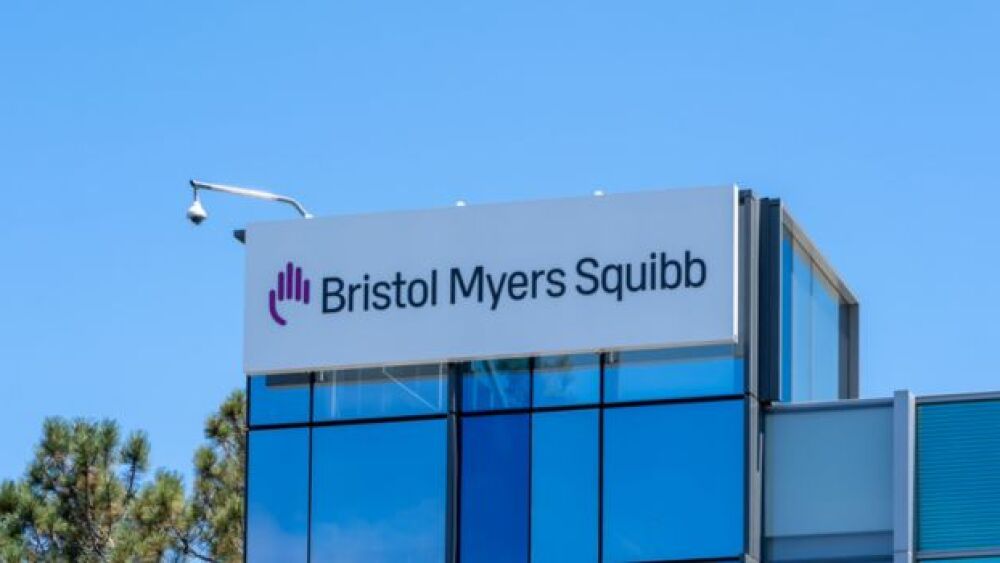PITTSBURGH, Oct. 25 /PRNewswire/ -- Most people think of strokes affecting only adults, but the incidence of pediatric stroke is on the rise and there is a need to increase awareness so patients can be quickly diagnosed and treated, according to experts from Children's Hospital of Pittsburgh.
Children's Hospital of Pittsburgh has developed a comprehensive pediatric stroke protocol to aid physicians in the diagnosis and treatment of stroke in young children in the emergency department setting. The new stroke protocol was created by Raymond Pitetti, MD, associate director of Emergency Medicine at Children's.
"Five to 10 years ago, only one to two pediatric stroke victims a year would come to the Emergency Department at Children's. In recent years, we've had at least one patient per month suffering from acute stroke," Dr. Pitetti said. "The general public doesn't realize that kids can have strokes with devastating and permanent neurological damage. Therefore, parents aren't necessarily attuned to the warning signs."
It is unclear why pediatric stroke appears to be on the rise, according to Amy Goldstein, MD, a Children's neurologist and pediatric stroke expert. Dr. Goldstein said children can suffer two types of stroke. Perinatal strokes are strokes suffered in utero or up to 28 days after birth, and pediatric strokes are strokes occurring in children older than 28 days. Nationwide, six in every 100,000 children will suffer a stroke, according to the Pediatric Stroke Network. Pediatric stroke is most common among kids with sickle cell disease or clotting disorders.
Children's new stroke protocol is important because the sooner pediatric stroke is diagnosed and treatment started, the better the potential outcome for the patient, Dr. Goldstein said. The protocol established specific guidelines and tests to determine if a child has suffered a stroke and if so, what steps should be taken to stop the damage being done by stroke.
Signs and symptoms of stroke in children include: - Sudden collapse - Sudden loss of consciousness - Onset of lethargy or difficulty walking - Seizure - Sudden loss of movement or weakness of face, arm or leg - Numbness or tingling - Difficulty talking
"It is vital that if a parent or pediatrician witnesses any of these signs, the child should be taken to the hospital immediately so the appropriate diagnostic evaluation can be done to determine if the child has suffered a stroke," Dr. Goldstein said.
For more information on pediatric neurological conditions, please visit www.chp.edu.
Pittsburgh
Children's Hospital ofCONTACT: Marc Lukasiak, +1-412-692-7919, or +1-412-692-5016, orMarc.Lukasiak@chp.edu, or Melanie Finnigan, +1-412-692-5502, or+1-412-692-5016, or Melanie.Finnigan@chp.edu, both of Children's Hospitalof Pittsburgh
Web site: http://www.chp.edu//




